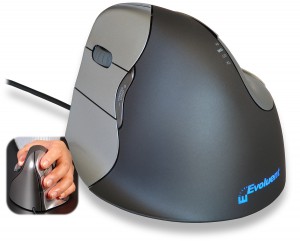Repetitive Strain Injuries (RSI)

Repetitive strain injury
Repetitive strain injury is an umbrella term for what is essentially an over use syndrome. Repetitive strain injuries usually affect the upper body and are often associated with ergonomic issues related to poor posture whilst working on a computer. However, they can also be due to sports injuries and a variety of other causes that involve repetitive high intensity activity. The condition will often involve a sprain/strain to the muscles, ligaments, tendons and nerves. The most common repetitive strain injuries are:
- Carpel tunnel syndrome – a condition where the median nerve is compressed within the carpel bones of the wrist causing pain and numbness in the hand.
- Tennis elbow (lateral epicondylosis) – you will experience pain on the outer side of the elbow with some cases causing pain to refer into the forearm and hand.
- Golfers elbow (medial epicondylosis) – this is a similar problem to tennis elbow but is found on the inner elbow and forearm.
- De Quervains (stenosing tenosynovitis) – this is a strain of the tendons around the wrist – extensor pollicis brevis and adductor pollicis longus – it is often found in golfers who over cock the wrist during their swing but can be caused by a host of other reasons such as messaging and gaming on phones and tablets.
- Intersection syndrome – is an inflammation of the muscles on the thumb side of the forearm. It is caused by repeated twisting of the forearm, i.e when using a screw driver.
Treatment of these injuries is usually through the use of soft tissue work, medical dry needling (if the patient is happy with needles), kinesio taping and strapping, icing in the acute phase and rectifying any associated issues with the neck and shoulders.
Due to the nature of repetitive strain injuries one of the keys to ensuring recovery is to rest the affected area; it is also important to change the habit that caused the problem. If your golf swing needs a bit of work then make sure that you have a lesson with the gold pro. If it’s your work environment then get your occupational health department to check your desk set up out. There are some simple changes that you can make that can help, such as:
- Consider a different mouse
- Make sure that your desk and chair are positioned correctly
- Consider using desk equipment such as document holders, smaller keyboards and foot rests.
It is always important to rule out the possibility of cervical nerve root injuries when considering the repetitive strain injuries described above. Your chiropractor will always give you a thorough neurological examination and explain your diagnosis prior to treatment. If there is a concern that you may have a cervical disc prolapse you will be referred back to your GP for onward referral for and MRI scan.
Let us help you achieve your goal
To make an appointment simply call us at 01372 383 050 or fill out this form to send us an email.


